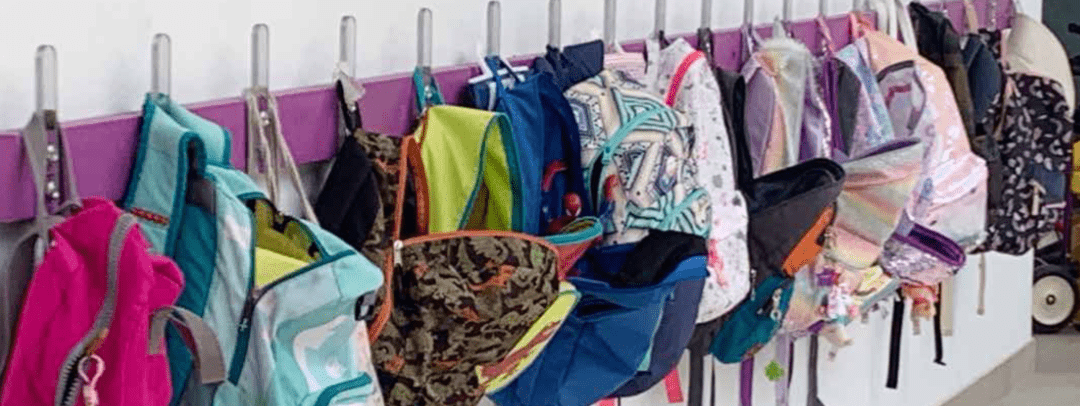A Teacher’s Role Before, During, and After a Disruptive School Safety Incident
By Michael L. Johnson, Founder and CEO of Clearpath EPM
Originally published in ISS NewsLinks, Volume XXXX, February 2024.
Author Chris Drew cites some of his favorite ways to describe a teacher at helpfulprofessor.com. These include words like “passionate, committed, inspiring, warm, caring, and student-focused”. While these are beautiful words about teachers, I believe they are more descriptive of what qualities teachers possess that motivate them to become, and continue working as, a teacher versus what they must contend with every day in the classroom.
While I have never been a classroom teacher, I have worked with, trained, and interviewed teachers while leading my school safety consulting business for the past 12 years. I have learned in my practice that teachers really are on the front lines when it comes to school safety. There they are, in the classroom teaching their hearts out for their students, facilitating the curriculum that the school has created, and at the same time being mindful of their role in keeping their students safe.
The “safety” role is significant for teachers when you consider that school safety has three components: social, emotional, and physical safety.
Social Safety
Teachers are constantly looking to make sure their students are socially integrated with each other. In their formative years, students are learning how to work and collaborate with each other, making friends, and nurturing each other. In the later years, the egos of students grow, and teachers are faced with the challenges of the different social dynamics of teenagers.
Emotional Safety
Teachers are constantly being asked to “read the room” to identify students who may be exhibiting behaviors of concern and then working with parents and counselors to address these behaviors. This may be the most difficult “safety” task for teachers because the emotions exhibited by a student could have a major impact on the entire class or school, creating disruptions to the order and flow of the lessons.
Physical Safety
Teachers are responsible for making sure that their students are not harmed by others (or by themselves) or by things or situations. For example, if you are a primary grade teacher, you must ensure that your students are not running around in a reckless or unsafe manner or if you are a secondary school teacher your concerns extend to all the things that teenagers can get into and do.
Most of the previous examples relate to a teacher’s role in the classroom or when he or she is on duty in the hallways, recess, or lunch times. Now add the teacher’s responsibility in a school’s emergency preparedness and response planning where they must keep their students emotionally and physically safe during a fire, bomb threat, active assailant, or other disruptive event at the school.
For this “safety” role teachers need to be trained in the various quick action response protocols, (such as lockdowns, evacuations, duck & cover) and, unfortunately, I’ve seen administrators forget the importance of the teacher emergency response training.
The same effort that schools put into the writing and teaching of curriculum for the classroom should be extended to the emergency response protocols and training for teachers and staff members. Students will follow the lead of their teachers when faced with a disruptive event or incident, so schools should make teacher preparedness training a priority. On the following page, find a guide of a teacher’s role before, during, and after a disruptive event.
In the end, Chris Drew really did have it right. For teachers to take on all the roles they are responsible for, including that of school safety, they must be “passionate, committed, inspiring, warm, caring, and student-focused!”
Guide to a teacher’s role before, during, and after a disruptive event
Before
- Identifying potential disruptive behavior signs/indicators (emotional & physical security)
- Communicating behavioral concerns
- Actively participating in Quick Action Response drills and training (as a teacher/staff member)
- Providing feedback to your Campus Emergency Team on the drills and training
- Knowing your students (and your own) capacity/capability when under emotional stress
- Understanding what, where, and how to keep your students safe during an incident (physical safety/security)
During
- Responding (versus reacting)
- Breathing
- Remaining calm
- Leading and communicating with students
- Maintaining contact with your Campus Emergency Team
After
- Recovering
- Reunifying students with parents (if needed)
Contact Us
ISS provides innovative professional development, school audits, and candidate recruiting for international schools around the world. Interested in learning more about how ISS can help with your needs? Drop us a line below and we’ll happily get back to you!
Michael L. Johnson is the founder and CEO of Clearpath EPM, a Fort Lauderdale, Florida-based company that is the leading risk consultancy and technology firm supporting international schools around the world.
You can visit clearpathepm.com for more information. To enroll in “Safe Schools, Strong Communities: The Teacher’s Role in Campus Security,” the vital professional development course Michael Johnson hosted with ISS EDUlearn®, please visit here.


